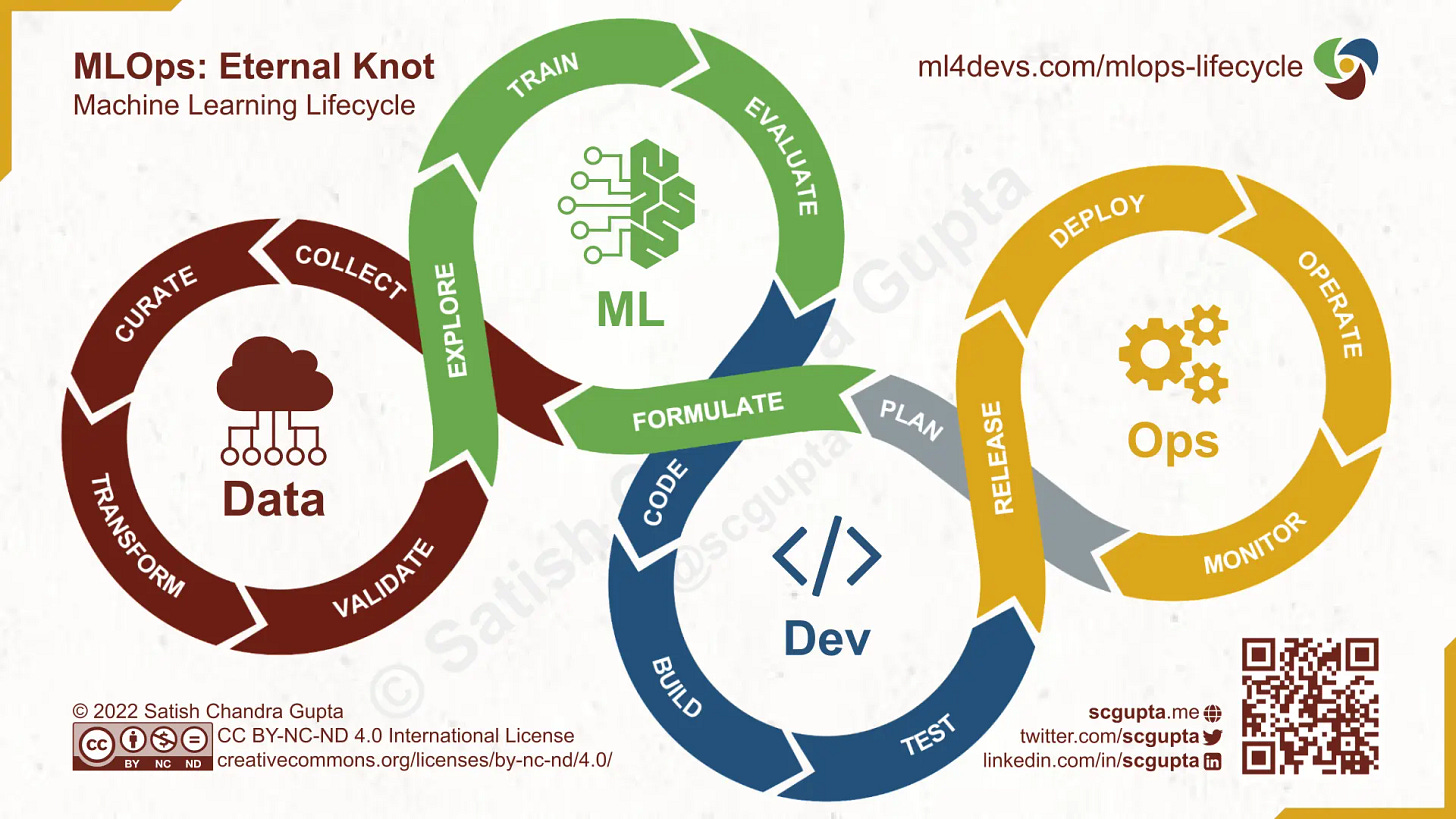MLOps is Scary

Where does your organization stand on the MLOps journey? If you're like many, you might believe you're well on your way to achieving it. However, the reality could be quite different.
Many organizations have a long way to go before they can claim full proficiency in MLOps.
But why is this the case?
Why does it take us so long to reach just basic operability with MLOps, bringing automated value via machine learning and data science to our organizations?
Let's dive into some of the key barriers and explore possible solutions.
✏️ Knowledge: Not knowing where or how to start is a common roadblock in the journey towards MLOps. Leaders, the key drivers of this culture shift, often lack the required knowledge base. It's crucial to educate them about MLOps, its benefits, and implementation strategies.
🔑 Coding: MLOps cannot thrive on spaghetti code. We must transition from the mindset of statisticians or 'math geeks' to that of engineers. Our code needs to be modular, testable, and scalable. Adopting software engineering best practices in data science can go a long way in facilitating this transition.
🔋 Effort: Implementing MLOps is not a walk in the park—it requires considerable effort. The data must be well-documented, controlled, and understood. Implementing unit tests, integration tests, and other relevant tests is essential to increase trust in our systems. It may seem like a huge upfront investment, but the long-term returns are worth it.
🔨 Change Management: Implementing MLOps is not just about the technical aspects—it's also about managing change effectively. People need to buy into this process, understand its benefits, and actively drive it forward. Providing clear communication, regular training, and adequate support can help in managing this change.
⏰ "I need this now" Mentality: The pressure of delivering projects with quick deadlines often hampers the adoption of MLOps. Projects attempting to deliver in less than three months may not be conducive to implementing MLOps and automation. It's important to balance short-term delivery goals with long-term operational efficiency and quality.
What are your experiences solutioning and/or implementing MLOps in your role or previous roles? As others are going about this journey, do you have any advice that could help more novice Data Scientists or organizations that are still early in their Data Science journey?

